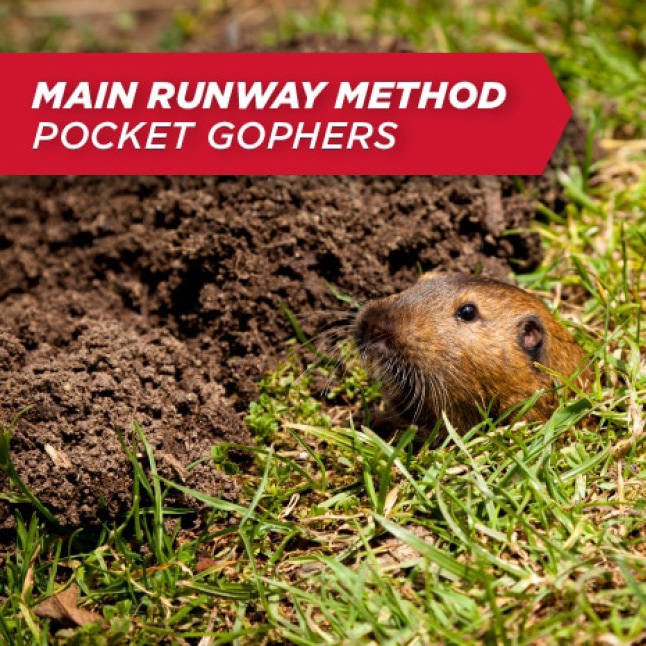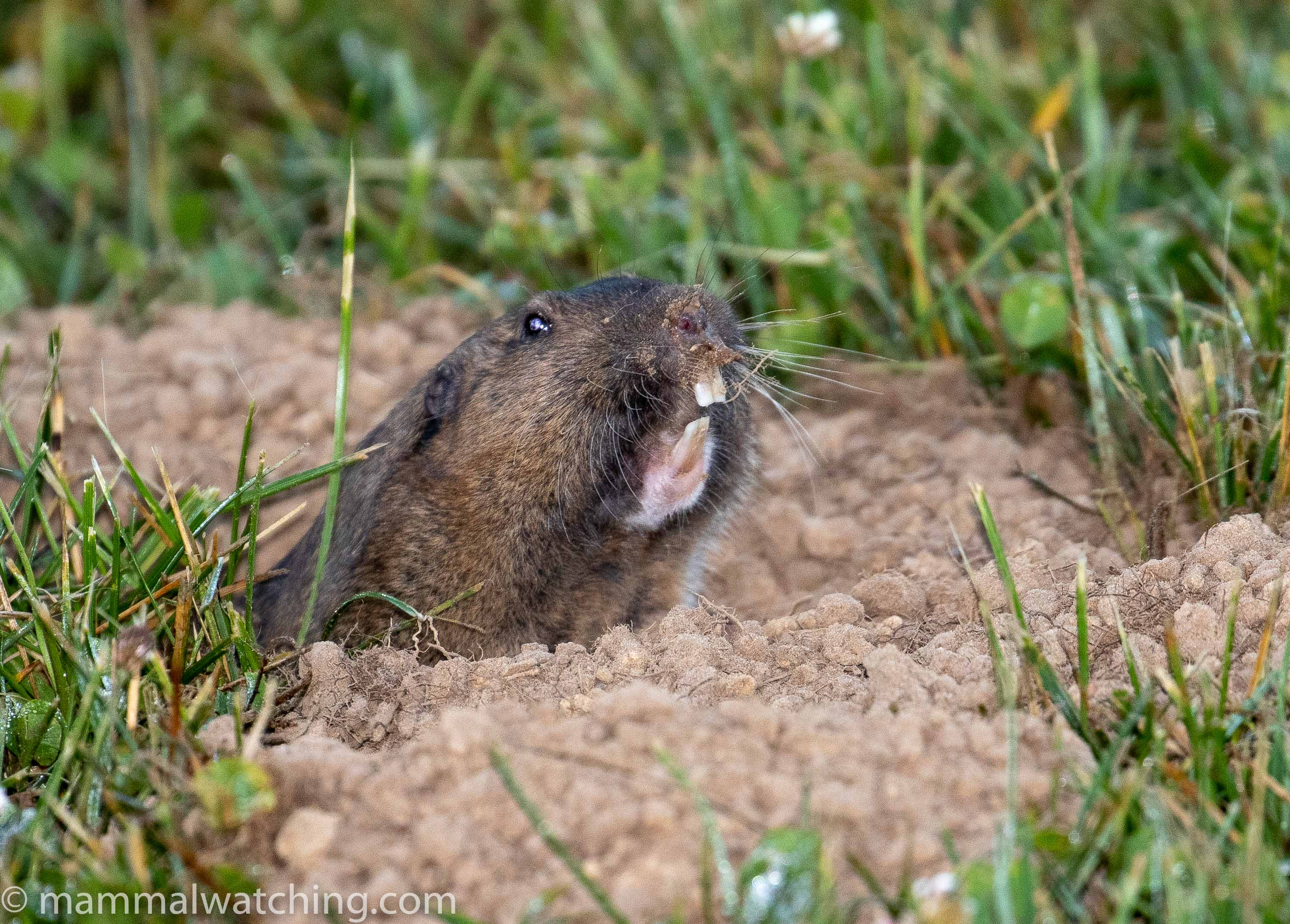


They push minerals from the deeper parts of their burrows toward the surface. Gophers have flat bodies that make it easy for them to squeeze through their tunnels.Botta’s Pocket Gophers are very important because they make the soil richer. The evolutionary history of pocket gophers is based on fossils found in North American that are 33.7 million to 28.5 million years old, according to Encyclopedia Britannica. Other factsīecause they like to burrow under gardens, gophers are considered pests in some areas. These species are in particular trouble because their populations are decreasing or their habitats are fragmented or very small. The Michoacan pocket gopher is listed as endangered and the big pocket gopher and the tropical pocket gopher are listed as critically endangered, while the desert pocket gopher is listed as near threatened. Most gophers are listed as least concern by the International Union for Conservation of Nature and Natural Resource's Red List of Threatened Species.

Each litter typically has five to six young and a gestation period of around a month. In non-irrigated areas, females will have one litter per year in irrigated areas, females may have up to three litters per year, according to the University of California. How many babies a female gopher has each year depends on how much water the area where she lives gets. Gophers reach sexual maturity about 1 year of age.

Then, they pull the entire plant into their burrow or nibble off some of the vegetation before popping back into their hole. When they eat top-side, the gopher will poke itself out of a "feed hole" just enough to grab a nearby plant. Though they eat the tops of plants sometimes, they are mostly interested in the roots and tubers of the plant. Gophers are herbivores, which means they eat vegetation. Gophers are active all year long and don't hibernate. Often, gophers will share their burrows with other creatures. Gophers are not social creatures, at least with their own kind. They eat, forage, sleep and have their babies underground. Gophers are active during the day and are fossorial, which means they live most of their lives underground. (Image credit: National Park Service ) Habits


 0 kommentar(er)
0 kommentar(er)
